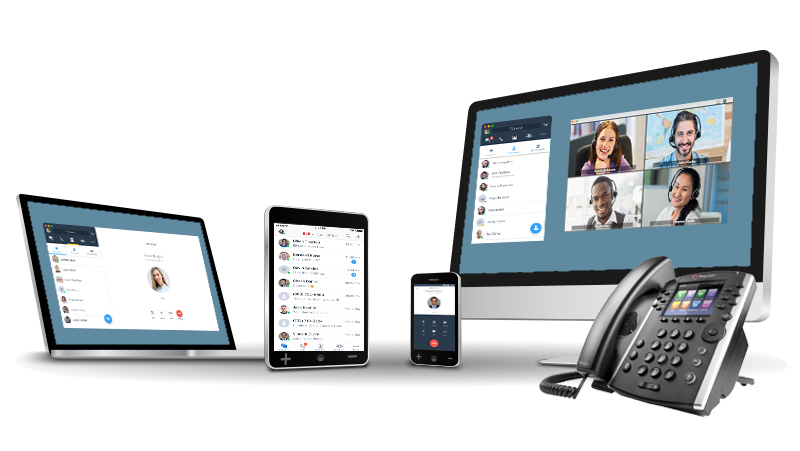A virtual phone system is a simple, flexible, and cost-effective company phone system. Virtual phone systems are simple to set up on the web or with a mobile app for small businesses and entrepreneurs.
Because virtual phone systemsare hosted in the cloud, there is no need to purchase or maintain expensive computer equipment. They are significantly less expensive than typical corporate phone systems and include advanced capabilities such as text messaging, auto-reply, call menu bar, and customer support software. Installing a traditional phone system, such as landline phones, necessitates the installation of a phone system on-premise. If you have many phone extensions, it connects to all of them via PSTN (Public Switched Telephone Network) or ISDN (Integrated Services Digital Network). You must maintain a dedicated crew to answer calls and direct callers to the appropriate individual. It necessitates that you keep an upkeep routine for each site where you perform business.
When you employ cloud telephony, a remotely hosted system and a virtual phone number are used to connect you with the users of your voice and text messaging service. It is compatible with both VoIP and PSTN. Cloud telephony allows you to connect with your consumers anywhere and at any time, regardless of their location. It outperforms traditional corporate phone systems since it makes and receives calls via the internet.
A typical business telephone system aids in the reduction of communication challenges and the enhancement of business transaction comfort. In fact, some experts advise against converting totally to a VoIP phone system because it can be more expensive and call quality is often not guaranteed, which might lead to unhappy consumers.
According to experts, this can give the impression of indifference to clients, who may feel you care more about saving money (because of the lack of a landline phone) than providing high-quality service.
The typical business phone system, on the other hand, has some advantages, but its downsides are more obvious. It is more expensive, more limited, and more difficult than a VoIP business phone system. Indeed, a virtual phone system gives a more advanced communication tool in the workplace.
Traditional System: Using the user’s desk phone or other hardware’s transfer functionality, live calls are transferred to other extensions while they are still in progress.
Virtual System: Live calls are transmitted in the same way as traditional office calls are transferred, except that the transfer is initiated by entering a special code on any of your phones landline, cell phone, etc. When sending a call to another extension, you can use an attended or blind transfer.
Traditional System: Assign one of the local PBX lines to each user at a company to create extensions for them. The majority of extensions are linked to a three or four-digit phone number that is used to direct calls to a specific person.
Virtual System: Extensions can be added and allocated to persons or departments in a virtual system in the same way they can in a traditional system.







